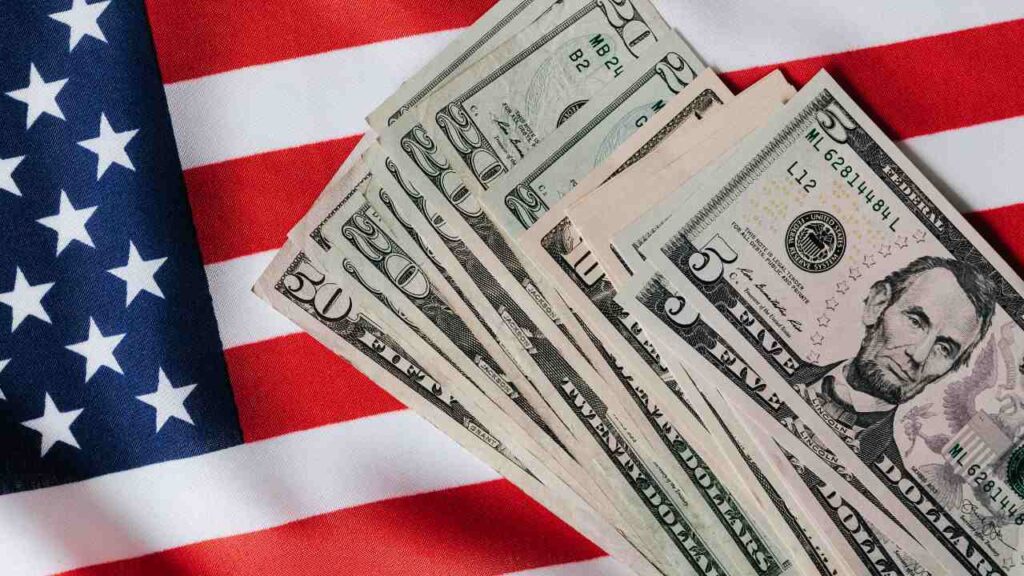The Trump administration has proposed an economic relief mechanism called “tariff dividend stimulus checks.” This presidential initiative involves distributing direct payments to citizens, amounting to $2,000 per person. The program’s distinguishing feature lies in its proposed funding model, which would rely on revenue generated from tariffs on imports.
The idea, also referred to as a “tariff rebate,” has the stated goal of easing the financial burden on low- and middle-income sectors. However, this proposal has not yet become law, and its implementation is contingent upon approval by the United States Congress.
Where did the proposal for $2,000 stimulus checks come from?
The context for this initiative is framed within broader discussions about inflation and the cost of living. Treasury Secretary Scott Bessent has outlined the government’s perspective on the use of these funds. Bessent indicated that the government expects people to save these funds rather than spend them immediately.
The program’s viability depends entirely on the volatility of tariff revenues, which are subject to changes in trade policies and import volumes.
There is no set date for its formal presentation to Congress, nor has a detailed bill been drafted. An official budget allocated for the issuance of these checks has also not been defined. The implementation of the “tariff dividend stimulus checks” depends on a complex interplay of political, economic, and legislative factors that remain to be resolved.
Who would potentially be eligible for a $2,000 check?
Based on publicly available details, which are subject to change during the legislative process, eligibility criteria have been outlined. The checks would be targeted at low- and middle-income individuals, explicitly excluding high-income individuals.
The primary criterion revolves around an income threshold. According to current information, families, or individuals with annual incomes below $100,000 would be the potential beneficiaries. This parameter is similar to the thresholds established for the stimulus checks distributed during the COVID-19 pandemic.
Definitions of middle class, such as the Pew Research Center’s 2024 definition that places the income range between $55,820 and $167,460, provide a frame of reference, though they are not official for this program. It is indicated that low-income individuals, potentially those with incomes up to 150% of the federal poverty level, would also be included.
Regarding household size, specific details have not been provided, but it is considered likely that, similar to previous stimulus measures, children will be included as beneficiaries, which would increase the total amount per family.
Other eligibility requirements have not been fully specified. Formal conditions regarding citizenship, residency status, or the obligation to have filed tax returns have not been mentioned. However, given the logistics of previous programs, it is likely that the distribution will be based on data managed by the IRS.
